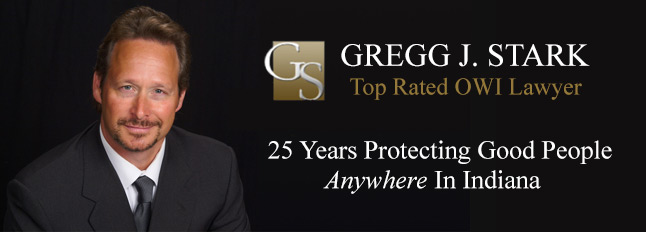Recognizing the judicial philosophies and sentencing tendencies of a given judge is one of the most essential understandings that any experienced defense attorney must undertake. Only by knowing the particular worldview of a given judge and/or prosecutor within a community can a defense lawyer be as effective as possible on behalf of a client.
Further, when preparing to contest criminal allegations at trial, strategic arguments to a potential pool of randomly selected jurors within a specific socio-economic area must be tailored to the sensibilities of such individuals who will hold the outcome of a client’s future well being in their hands.
It is a quite understandable frustration for many laymen as well as lawyers to learn that the potential criminal punishment that may be awaiting one put before a court of law can be drastically different in application depending upon the location of an arrest for any type of criminal charge. Although there are instances to the contrary, most county courts in Indiana strive to be somewhat consistent among judges in regard to the range of punishment they will impose in application in the wake of a sentence that requires their discretion.
This consistency is essential to furthering justice for it allows counsel to be in position to ably inform one in their care of all of the risks and benefits of each course of action to potentially be undertaken. In fact, consistency is considered to be such an important principle of the American legal system that appellate courts are both extremely loath to reverse the rulings of state court judges or alter former case rulings that can be interpreted as not respecting established case law precedent.
Randomly enunciated case rulings or punishments can have the harmful affect of allowing for speculation that favoritism and/or prejudice is at the root of judicial action or prosecutorial misconduct and not equal protection under the law. Now more than ever in the politically charged climate of today, the intersection of political thought and legal punishment has intersected to a degree not yet seen in our lifetimes. As a result, isolated communities throughout or nation have begun to come under increasing scrutiny as to how justice is defined and imposed.
No matter our generation, the social media age is now among us. Those practicing law before the internet’s existence or mobile telecommunication can no longer responsibly disregard its potent influence as to how all people view the world and in turn the application of justice.
Just how justice will be defined in the coming years is but one of many burning issues that is presently challenging the people of our country. As a defense lawyer in urban and rural areas of Indiana I see this philosophical divide growing wider than ever before. Whereas in years past communities sought to more readily understand one another, now these same communities seem more apt to isolate from one another while drawing lines in the sand as to social principals that will no longer be a point of compromise.
This reality has now taken center stage as to how people view the correctness of actions taken by law enforcement and the respect or scorn to be directed at such government sanctioned action.
In practice for 25 years I have had many occasions to defend clients within one Indiana community that has recently come under national scrutiny for the eye raising adherence it has maintained in incarcerating individuals as opposed to seeking to rehabilitate them.
Lawrenceburg Indiana is an Indiana community that sits on the Ohio river not far from the city of Cincinnati. However, despite its relatively small size in population, Dearborn County Indiana has produced incarceration numbers that rival any location in the United States be it rural or urban.
In fact, Lawrenceburg Indiana has now been alleged to have the highest percentage of individuals incarcerated per capita than any location in America. More people are claimed to be in jail here than the cities of San Francisco and Durham, North Carolina combined.
Its reputation among out of state law enforcement in Ohio has become so pronounced that police officials have been claimed to manipulate individuals to commit their wrongdoing across the border in Dearborn County where the prospect of certain incarceration will be more assured against the target of an investigation.
I submit that although these practices may appear shocking to many, how one feels about such practices is usually dependent upon upbringing and cultural values; values often shared by like minded peers in a community from which one has been raised.
Although the subject of scorn among many, it must be kept in mind that the prosecutor subject of this NY Times article has been re elected despite his uncommon stance as to how criminal sentences should be dealt with.
For many lawyers who fervently disagree with such positions the ultimate challenge becomes not how to promote a more equal protection under the law, but a more reasoned protection for those subject to criminal punishment where most all punishment has become equally substandard.
For defense lawyers the challenge of protecting good people in such like minded rural jurisdictions has always been far more difficult than those practicing within urban locations.
Although lawyers such as myself may receive more notoriety and name recognition than that of a public defender in Lawrenceburg Indiana, the daily challenges facing such rural lawyers must always be appreciated and never overlooked .







